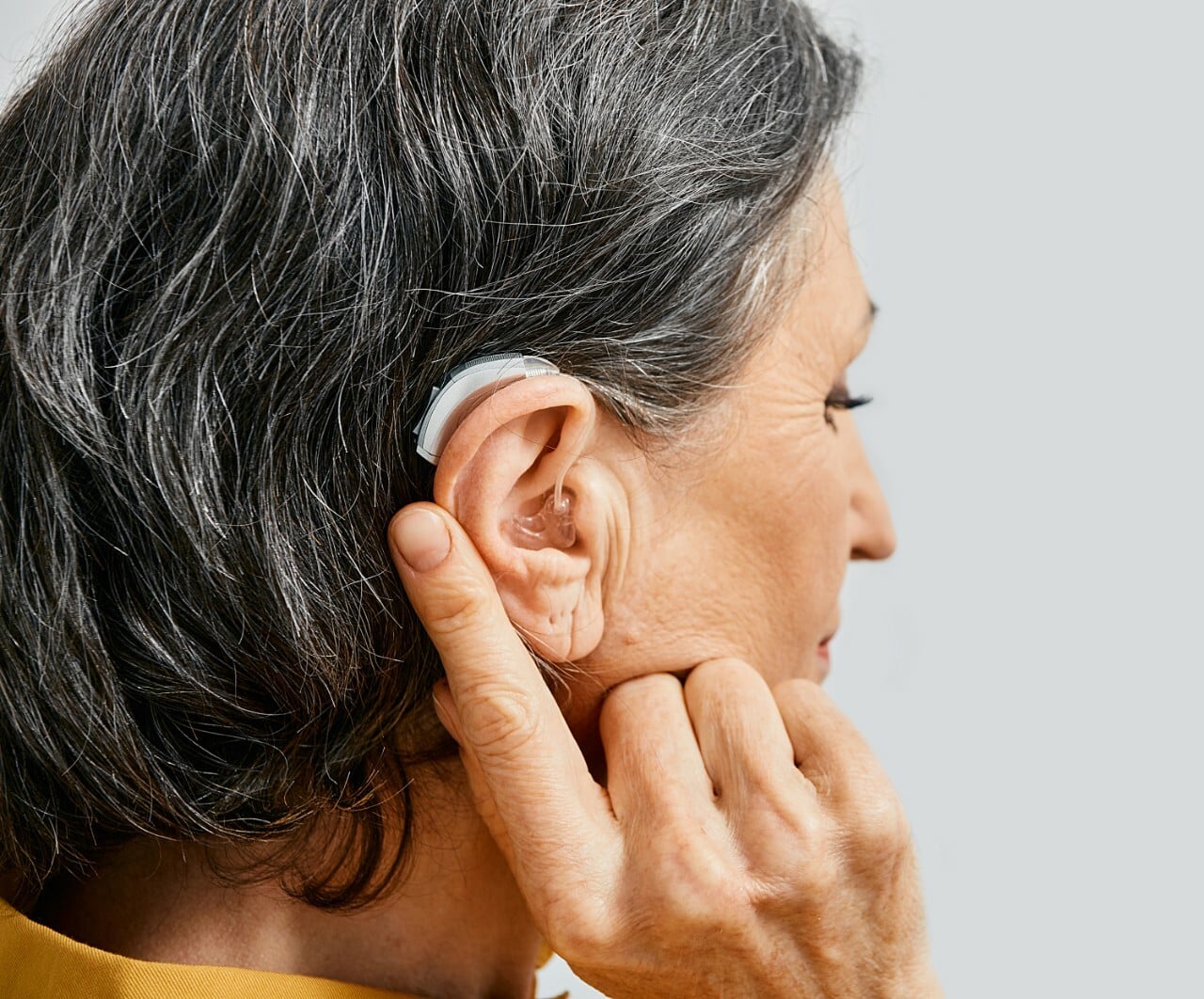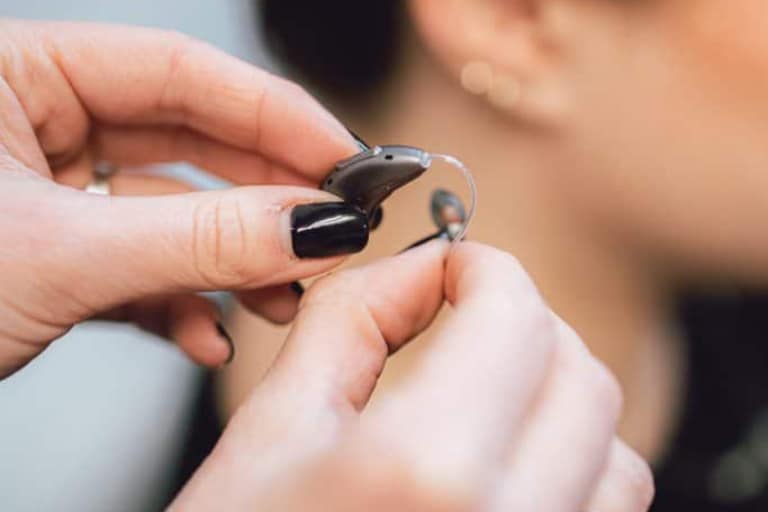Do Prescription Hearing Aids Really Work Better Than OTC?
Clear, natural hearing isn’t a luxury—it’s a necessity. When hearing loss starts to affect your daily life, the difference between a generic device and one prescribed specifically for your hearing profile can be life-changing. While over-the-counter (OTC) hearing aids may…









